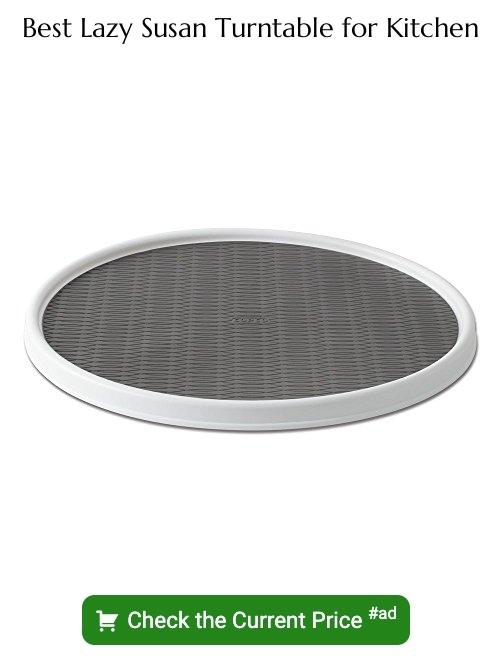Last updated on
Discover the benefits and drawbacks of Lazy Susan and corner cabinet storage solutions. Here are features to help you make an informed decision for your kitchen organization needs.
Are you tired of digging through your cabinets to find that one pot or pan that always seems to be buried in the back? Do you struggle with utilizing the space in your kitchen corners effectively? Look no further than Lazy Susan and corner cabinet storage solutions. As a seasoned male home decorator, I have seen it all when it comes to kitchen organization.
In this article, we will compare and contrast the pros and cons of Lazy Susans and corner cabinets, so you can make an informed decision on which solution is best for your kitchen needs. Get ready to say goodbye to cluttered cabinets and hello to a more organized cooking experience!
Key takeaways:
- Lazy Susans are rotating trays that maximize corner space utilization.
- Lazy Susans are accessible and easy to install, but have limited storage capacity.
- Corner cabinets provide ample room for large items and come in various shapes.
- Pull-out shelves in corner cabinets make deep storage more accessible.
- Lazy Susans are more affordable, while corner cabinets can be custom and pricier.
What's Inside
Lazy Susan Overview
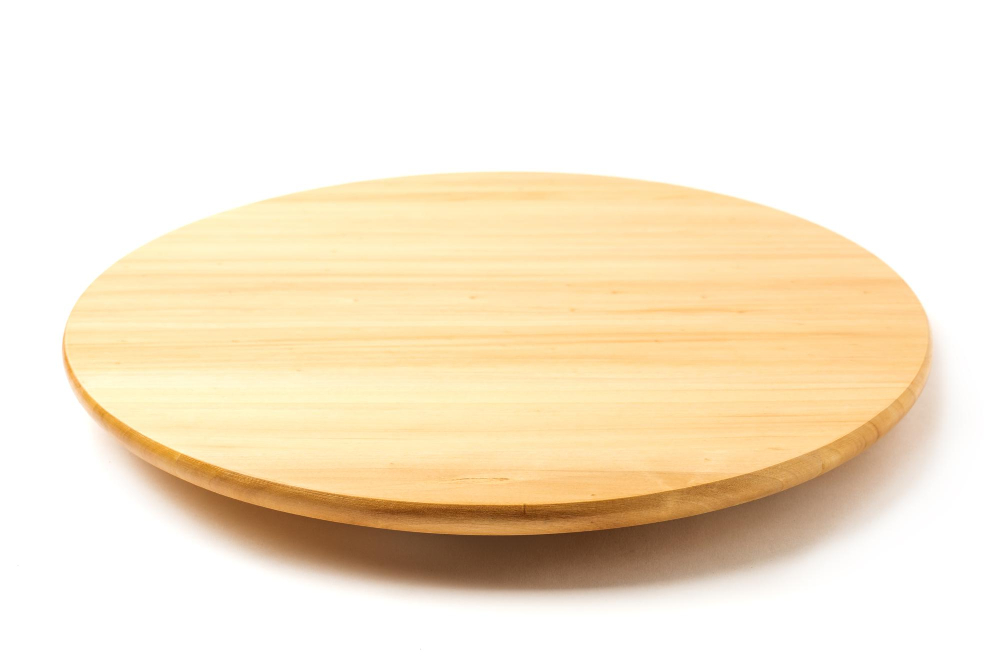
Lazy Susans are rotating trays that sit on a base and can be found in many kitchens. They come in various sizes, shapes, and materials such as wood or plastic.
The Lazy Susan is an excellent solution for organizing items like spices, condiments, or small kitchen appliances that would otherwise clutter your countertops.
One of the benefits of using a Lazy Susan is its accessibility; it allows you to reach all items with ease without having to dig through cabinets. It also maximizes space utilization by making use of corners which are often underutilized areas in most kitchens.
However, there are some drawbacks to consider when using a Lazy Susan. For instance, they may not be suitable for storing heavy objects as they tend to wobble when loaded unevenly causing them to tip over easily if not handled carefully.
Corner Cabinet Storage Explained
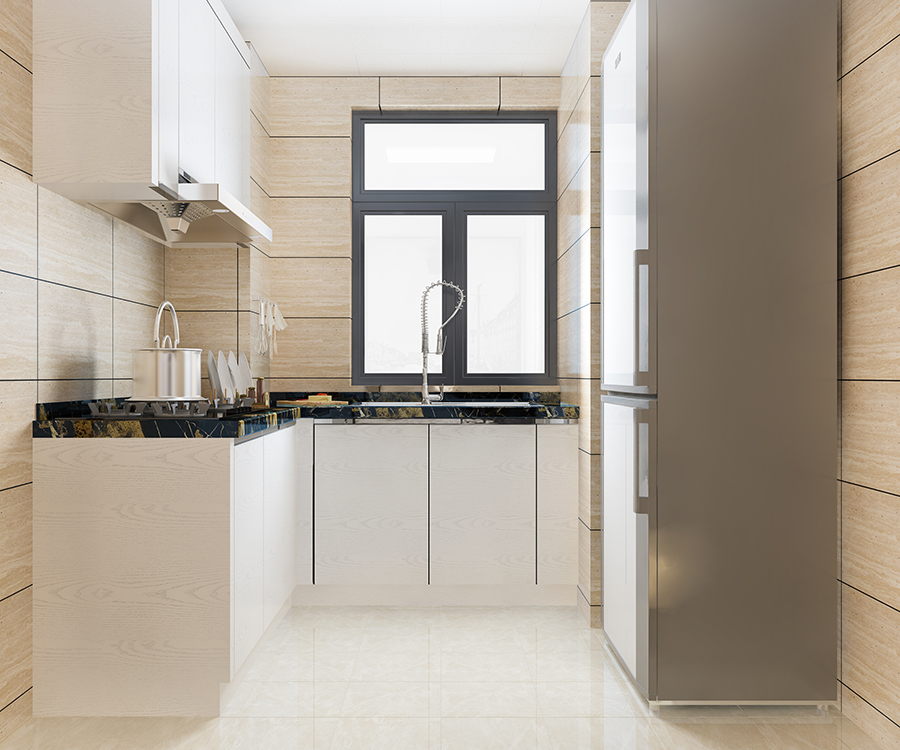
However, these cabinets can be difficult to access due to their location in the corner of the room. To make use of this space effectively, manufacturers have developed several types of corner cabinet storage solutions.
One common type is a lazy Susan-style rotating shelf that allows you to easily access all items stored within the cabinet without having to reach deep into its recesses. Another option is an angled pull-out shelf that extends from the corner outwards towards your kitchen’s main workspace area.
Regardless of which type you choose, it’s important to consider how much weight each shelf can hold and whether or not it will fit your specific needs before making a purchase decision.
Pros of Lazy Susans
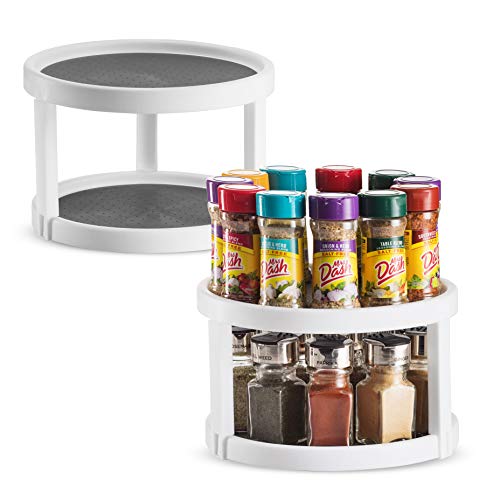
One of the main advantages of Lazy Susans is that they allow you to easily access items in the back of your cabinets without having to dig through everything else. This can save you time and frustration when searching for specific items, especially if you have a lot of kitchenware.
Another benefit is that Lazy Susans come in various sizes, shapes, and materials so they can fit into any cabinet or decor style. They also provide an efficient use of space by utilizing every inch inside your cabinets while keeping things organized.
Installing a Lazy Susan is relatively easy compared to other storage solutions like corner cabinets which require more complex installation procedures such as cutting out walls or modifying existing cabinetry.
Cons of Lazy Susans
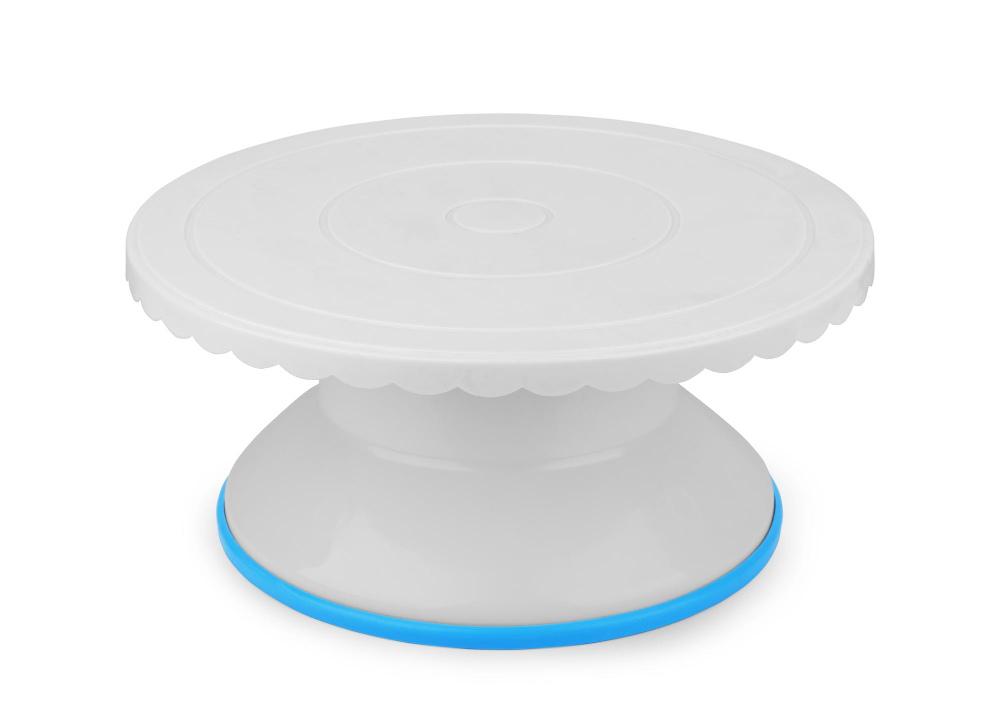
One of the main cons is that they have limited storage capacity compared to other cabinet solutions. The circular design of the Lazy Susan means that there are gaps between items, which can make it difficult to store larger or irregularly shaped items.
Another issue with Lazy Susans is their accessibility. While they rotate smoothly when new, over time and use, their mechanisms may become stiff or even break down entirely making them less convenient than before.
If you have small children in your home who like to explore cabinets and drawers (as most kids do), then a spinning shelf might not be the safest option as it could potentially cause injury if mishandled.
Advantages of Corner Cabinets

One of the biggest advantages of corner cabinets is that they provide ample room for storing large and bulky items, such as pots, pans, and small appliances. Unlike Lazy Susans which can be limited in terms of what they can hold due to their circular design.
Another advantage is that corner cabinets come in various shapes and sizes to fit any kitchen layout or design preference. L-shaped or diagonal corner cabinets are perfect for kitchens with an open floor plan while blind-cornered ones work well in smaller spaces where every inch counts.
Some models feature pull-out shelves or drawers which make it easier to access items stored at the back without having to reach deep into the cabinet’s corners. This not only saves time but also reduces strain on your back muscles when lifting heavy objects.
Disadvantages of Corner Cabinets

However, they do come with some disadvantages that should be considered before making a final decision. One of the main drawbacks of corner cabinets is that they can be difficult to access and organize properly.
Due to their shape, items stored in these cabinets tend to get pushed towards the back and become hard to reach.
Another disadvantage of corner cabinets is that they often require custom fitting due to their unique shape and size. This can make installation more complicated than other types of cabinetry, which may result in higher costs for both materials and labor.
If not installed correctly or maintained properly over time, corner cabinet doors may start rubbing against each other or against adjacent walls causing damage or difficulty opening them fully.
Space Utilization Comparison
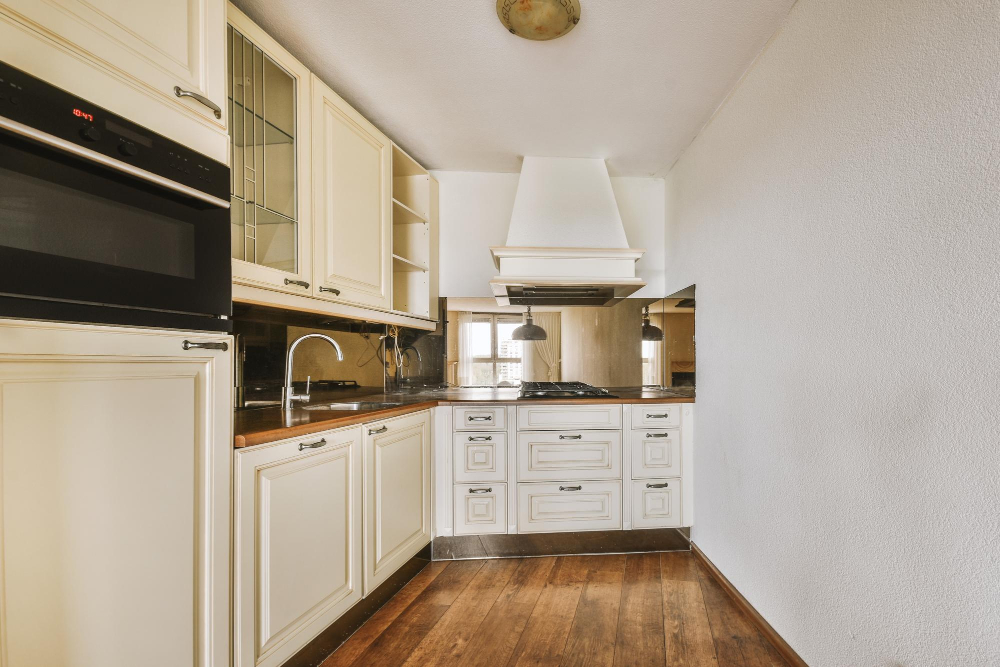
Lazy Susans and corner cabinets both offer unique solutions for maximizing the storage potential of your kitchen. However, they differ in how they utilize space.
Lazy Susans are circular rotating shelves that allow you to access items easily without having to reach deep into a cabinet. They work well for storing small items such as spices or condiments but may not be ideal for larger pots and pans.
Corner cabinets, on the other hand, make use of otherwise wasted corner spaces by providing angled shelves or drawers that can hold larger items like cookware or appliances. While they do require more effort to access than Lazy Susans due to their design, their capacity makes them an excellent choice if you have a lot of bulky kitchen equipment.
Accessibility and Organization

Both Lazy Susans and corner cabinets offer unique benefits in terms of accessing items stored within them. Lazy Susans allow for easy access to all items on the rotating platform, making it simple to find what you need without having to dig through a pile of pots and pans.
However, they may not be as effective when storing larger or heavier items.
Corner cabinets can also provide great accessibility with pull-out shelves that make use of every inch of space available in your kitchen’s corners. These shelves slide out smoothly so you can easily reach everything inside without having to contort yourself into awkward positions.
In terms of organization, both solutions have their advantages and disadvantages as well. With a Lazy Susan, smaller items like spices or condiments are easier to organize since they’re all visible at once on the spinning platform; however larger pots or pans may take up more space than necessary due to the circular shape.
On the other hand, corner cabinet storage allows for better vertical stacking which maximizes storage capacity while keeping things organized by category (e.g., baking dishes vs frying pans).
Installation and Maintenance

Lazy Susans are relatively easy to install, but they require regular cleaning due to the rotating mechanism that can collect dust and debris over time. On the other hand, corner cabinets may be more difficult to install due to their size and shape but once installed they require minimal maintenance.
It is important when installing a Lazy Susan or a corner cabinet that you follow manufacturer instructions carefully as improper installation can lead to damage or malfunction of the storage solution. Regular cleaning is essential for maintaining optimal functionality of your kitchen organization system.
Cost Analysis

Generally speaking, Lazy Susans are more affordable than corner cabinets. They come in various sizes and materials that can fit any budget range.
On the other hand, corner cabinets tend to be pricier due to their custom design features such as pull-out drawers or rotating shelves. Installation costs for these types of cabinets may also be higher since they require professional installation.
It’s important not only to consider the initial cost but also long-term maintenance expenses when making your decision. For example, if you opt for a wooden Lazy Susan over plastic or metal options because it fits better with your kitchen decor style but requires regular polishing and upkeep – this could add up over time.
Ultimately the choice between these two storage solutions will depend on your specific needs and budget constraints; however considering all factors including upfront costs versus long-term maintenance expenses will help you make an informed decision that works best for you!
